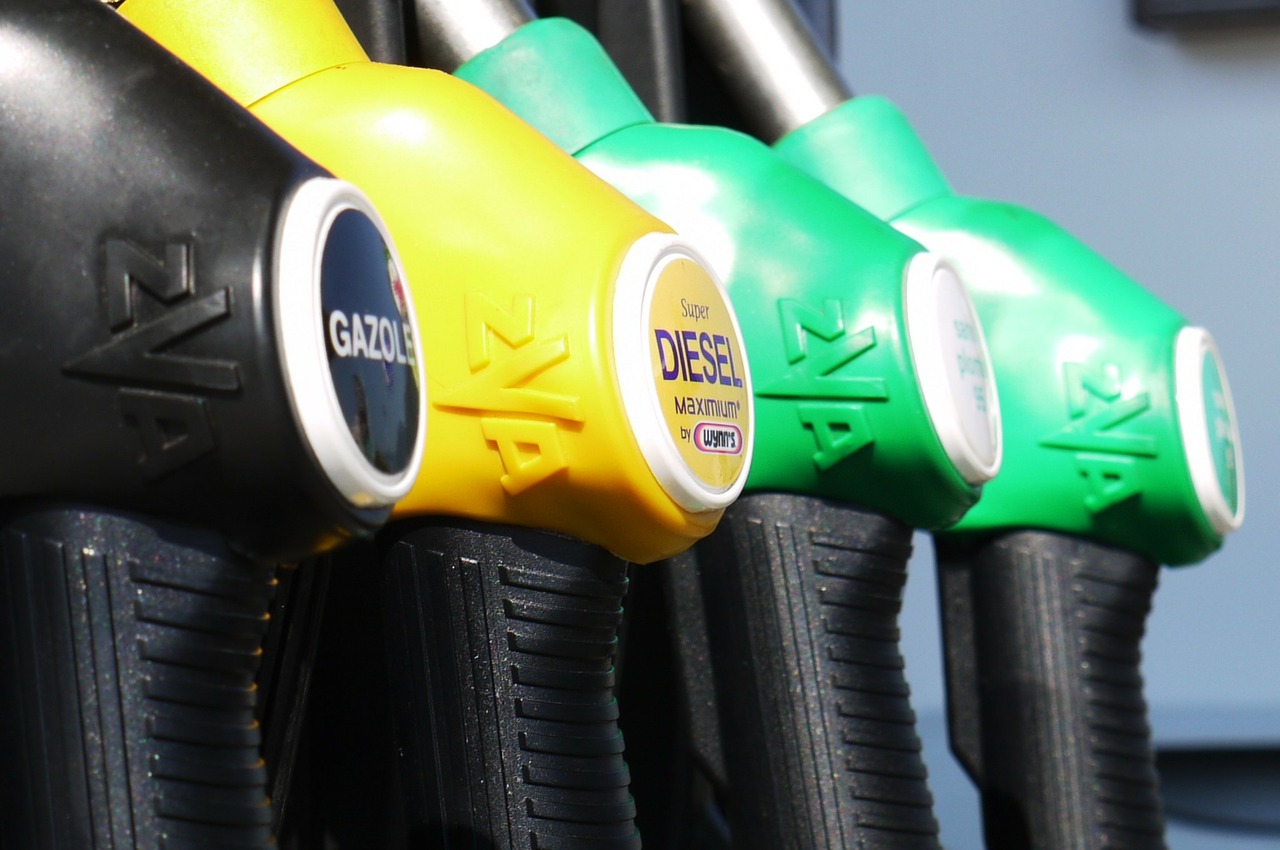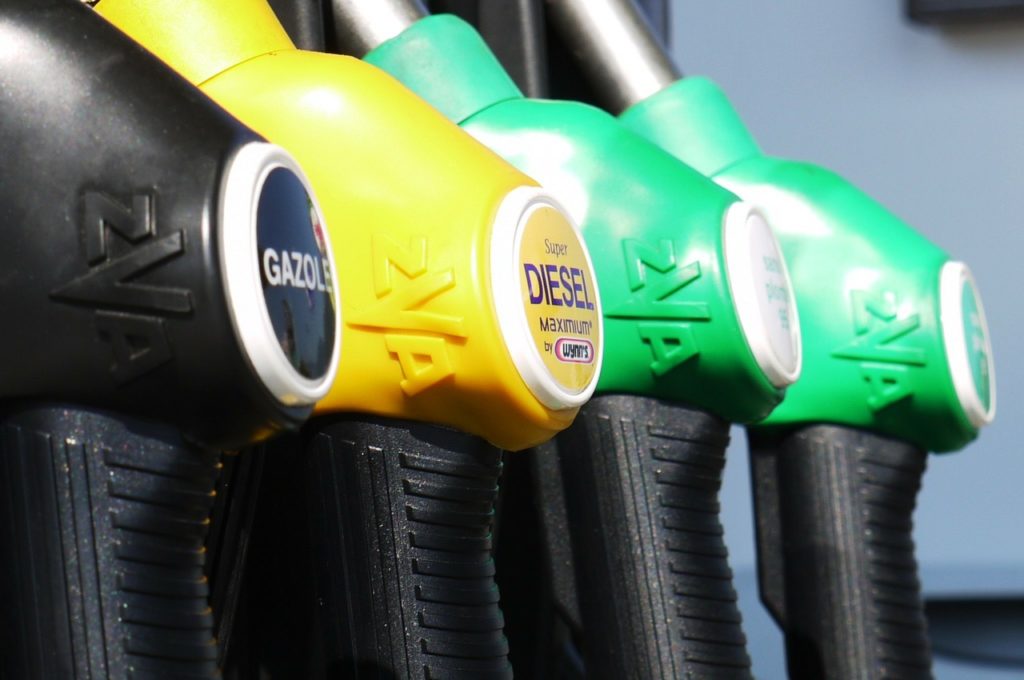Although the cost of gas has been tamed lately, costs of fuel is always a concern, especially for small towing outfits or owner / operators.
And while truck owners have the option of purchasing a more fuel efficient vehicle, simply keeping up to date with their car maintenance or driving the vehicle using common sense like planning when, where and how a truck is driven can also lead to a large decrease in fuel costs associated with any vehicle.
Maintenance
I’ve said a hundred times, but I’ll say it again: maintenance can have a large effect on the amount of fuel a vehicle uses over both the short and long term. For example, taking small steps like ensuring the tires are inflated only to the recommended level by the manufacturer can lead to an improvement in miles over a gallon of around 3.3 percent over over-inflated tires.
For those looking to increase fuel usage and performance, a vehicle should regularly be tuned to make sure fuel usage does not fall, and an improvement of around four percent is maintained with a properly tuned vehicle.
Driving Habits
How a vehicle is driven are two of the major issues surrounding excessive fuel consumption. When a car is driven at high speeds with a large amount of acceleration and deceleration more gas is consumed. Common sense driving techniques like employing cruise control on highways can maintain a constant speed that uses less fuel. Speed limits are also in place for a good reason, not only do they make the roads safer, but they allow drivers to conserve fuel by keeping drivers from traveling too fast.
At an average price per gallon of $3.33 for fuel, the average car traveling at more than 50 mph uses fuel at such a fast rate that drivers pay an extra $0.24 per gallon each five mph above 50 they reach.
While you may need that truck to pick up the kids at school, making sensible decisions about when to drive can also lead to lower fuel costs, which can be achieved by following some simple fuel saving tips. If a job allows flexible working hours a driver may be better suited to traveling to work outside of peak, rush hour times. Sitting in your truck gently idling without moving because of a traffic jam can raise stress levels and use as much as one-half gallon of gas per hour.
Watch your Weight
Always make sure only what is needed is carried in the vehicle, a heavy outrigger device, winch or toolbox cost more in fuel to haul around. The same can be said of leisure equipment tied to a roof rack, which lowers the aerodynamic efficiency of the vehicle and increases the amount of fuel used to overcome the drag of the material carried on the roof. If you can, at the end of the week take a look at what you’re hauling, clear out the junk and remove any tools you won’t be needing.
Buy New!
One of the best ways of saving on fuel consumption is to find a vehicle with a low fuel consumption level. Over recent years vast improvements have been made in the fuel consumption of most new vehicles produced, the US Government agency, EPA has published detailed reports and fuel efficiency estimates on every make and model of the vehicle produced and sold.
Lastly, saving money on maintenance at a local garage may seem to make better financial sense, but that’s wrong. When you need repair service, remember that the dealer service centers have the most up to date training and diagnostic equipment. They have the specific tools for your vehicle type for its top performance. Also, dealer operated service centers must recycle oils and any other fluid your car uses to control fumes and toxic emissions.
Your auto dealer may seem a bit pricier than Joe down the road, but in the long run, you will save more money, and have a more fuel efficient and environmentally safe vehicle in your control.


